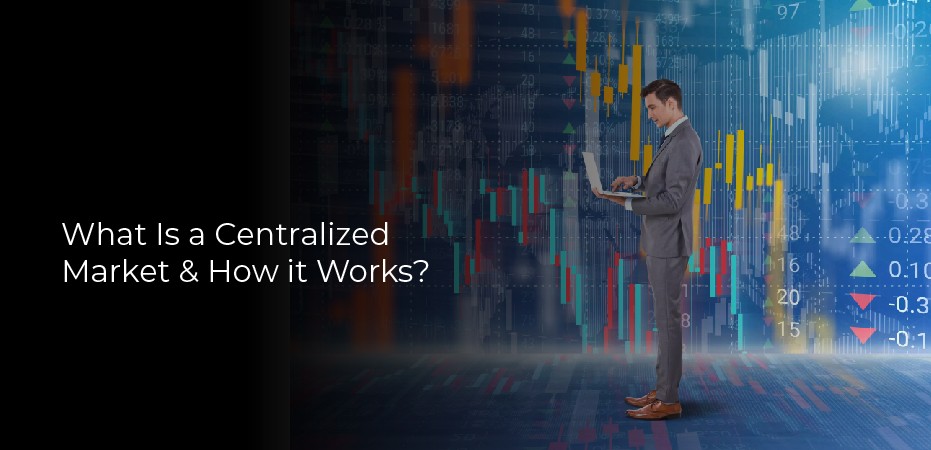A centralized market is a system where buyers and sellers interact to exchange goods and services. The centralized market can be physical or virtual. In a physical centralized market, such as a grocery store, the buyers and sellers are in the same location. In a virtual centralized market, such as eBay, the buyers and sellers are not in the same location.
A centralized market is beneficial because it allows for economies of scale. This means that the cost of producing or providing a good or service is reduced because of the increased production or provision. For example, if a company produces 100 widgets, it will be less expensive per widget than if the company produces 10 widgets. This is because the company can spread its fixed costs over more units.
A centralized market also allows for specialization. This means that people can specialize in what they do best and then trade with others who specialize in other areas.
Breaking Down a Centralised Market
Centralized markets are vulnerable to attack and failure because of their single point of failure. When the market is attacked, it can cause a domino effect that takes down the entire market. For this reason, it is important to have a decentralized market in order to minimize the risk of failure.
A decentralized market is one that is broken up into multiple parts so that if one part fails, the rest of the market does not collapse. This makes it more resilient to attack and failure. In addition, it also allows for more competition and innovation, as different parts of the market can compete with each other.
A centralized market can be beneficial when there is a need for trust and coordination. However, it also has many drawbacks, such as vulnerability to attack and failure.
How Do Centralized Markets Work?
In any market economy, buyers and sellers interact to determine the price of goods and services. In a centralized market, this interaction occurs through a designated institution or exchange. Prices are set through the continuous process of supply and demand as buyers and sellers meet to trade.
In a centralized market, buyers and sellers have equal access to information about prices, products, and the people with whom they are trading. This allows for an efficient allocation of resources as the most profitable opportunities are quickly identified and exploited.
A hallmark of a centralized market is its ability to support large-scale transactions. This is due to the fact that prices are set by the interactions of many buyers and sellers rather than a small number of traders.
The size of a centralized market also allows for the development of standardized products and services which can be traded more easily across borders.
The Emergence of Decentralized Markets
In the past, centralized marketplaces have been the go-to solution for exchanging goods and services. However, this is quickly changing with the emergence of decentralized markets. Decentralized markets are built on blockchain technology and allow users to exchange goods and services without the need for a third party. This makes them more secure and efficient than centralized marketplaces.
One of the key benefits of decentralized markets is that they are trustless. This means that users can exchange goods and services without having to worry about being scammed or cheated. Transactions are also transparent and can be verified by anyone on the network. This helps to ensure that all transactions are fair and honest.
Another advantage of decentralized markets is that they are censorship-resistant. This means that governments and other third parties cannot shut them down or interfere with their operations.
Centralized Market Examples
Centralized markets are found in many different places around the world. Here are three examples of centralized markets that are found in different parts of the world.
Example 1
The first example is the Grand Bazaar in Istanbul, Turkey. This market has been around for over 500 years and is home to more than 3,000 shops.
Example 2
The second example is the Tsukiji Fish Market in Tokyo, Japan. This market is the largest wholesale fish market in the world and sells more than 2,000 tons of seafood each day.
Example 3
The last example is La Boqueria in Barcelona, Spain. This market is one of the most popular tourist destinations in Barcelona and sells everything from fresh produce to tapas bars.



